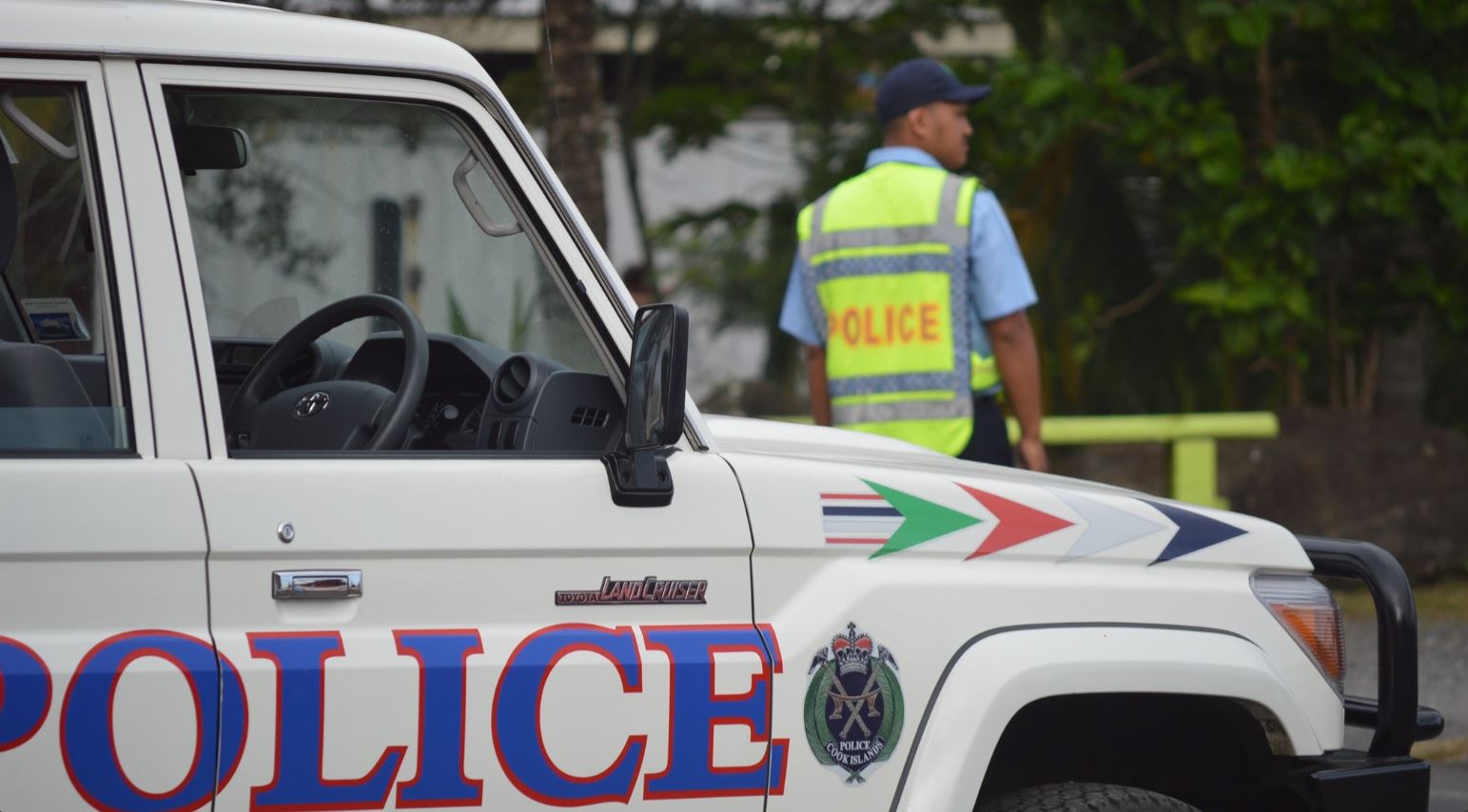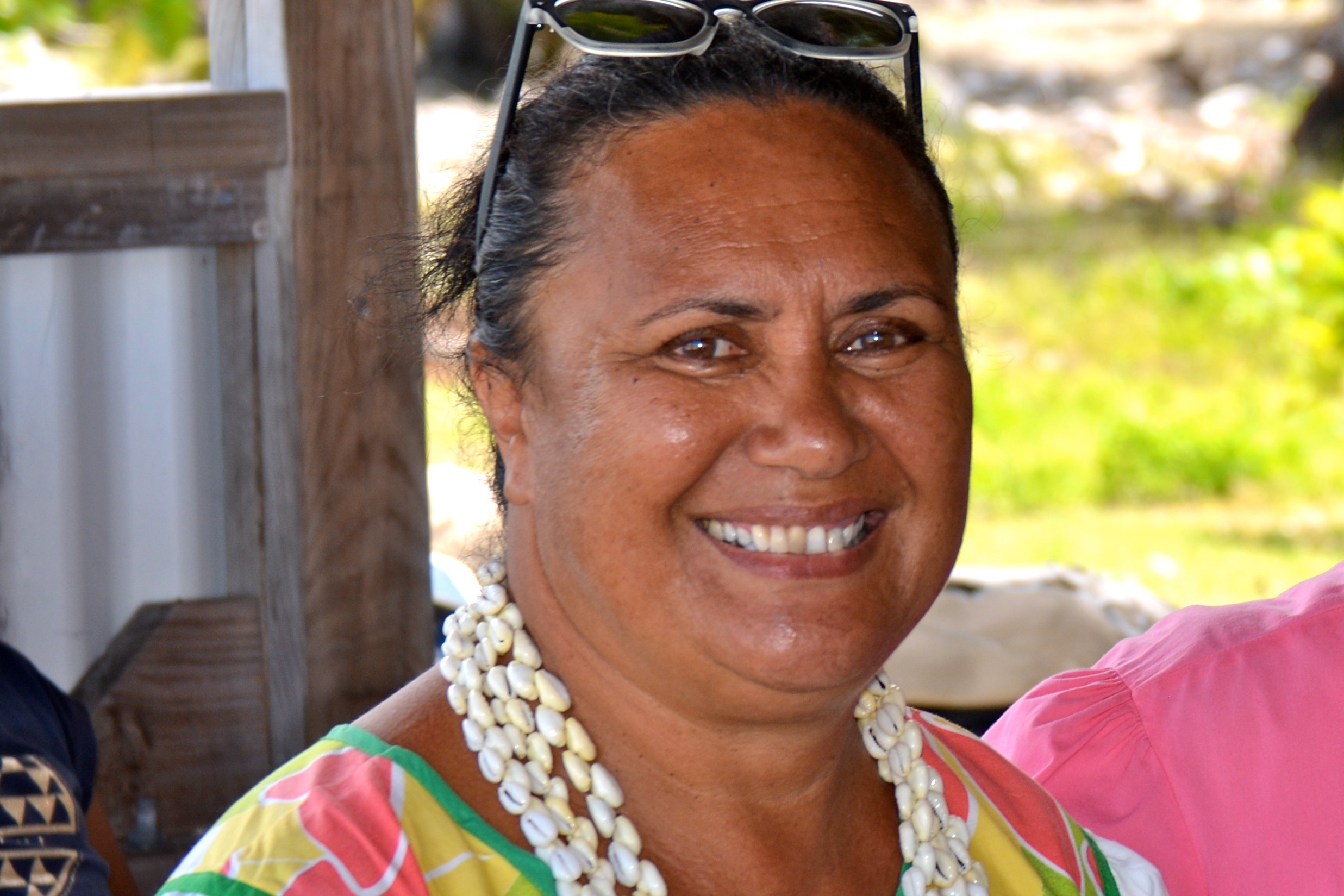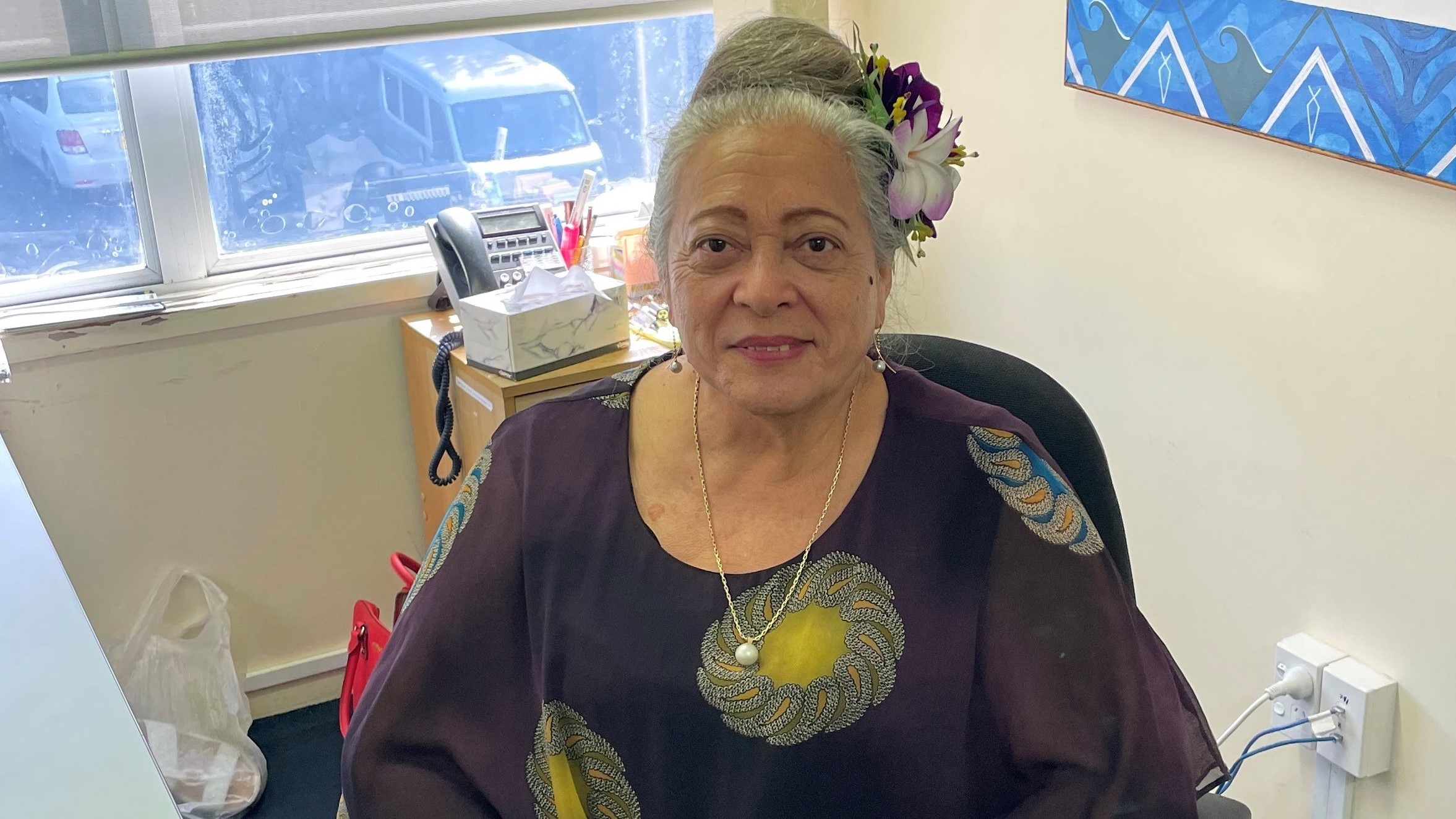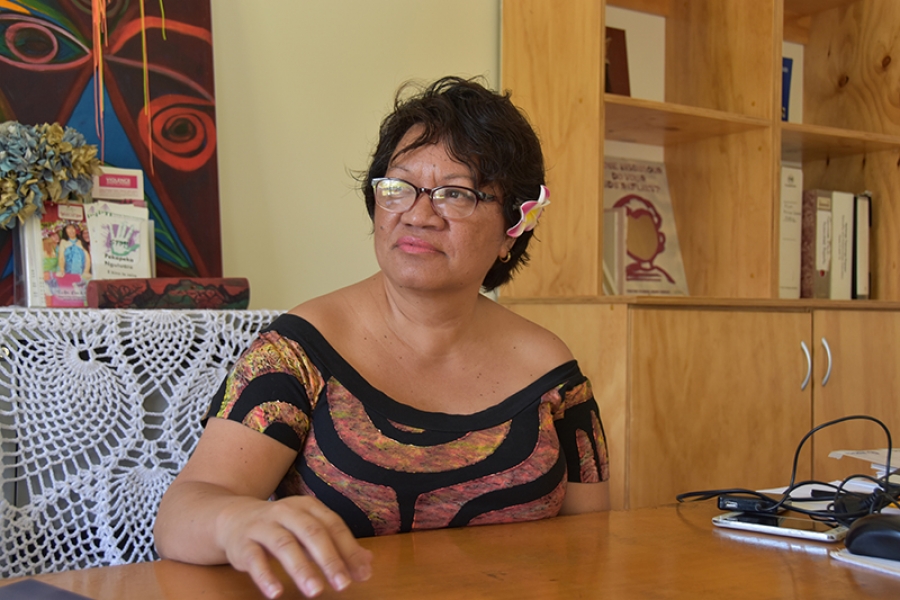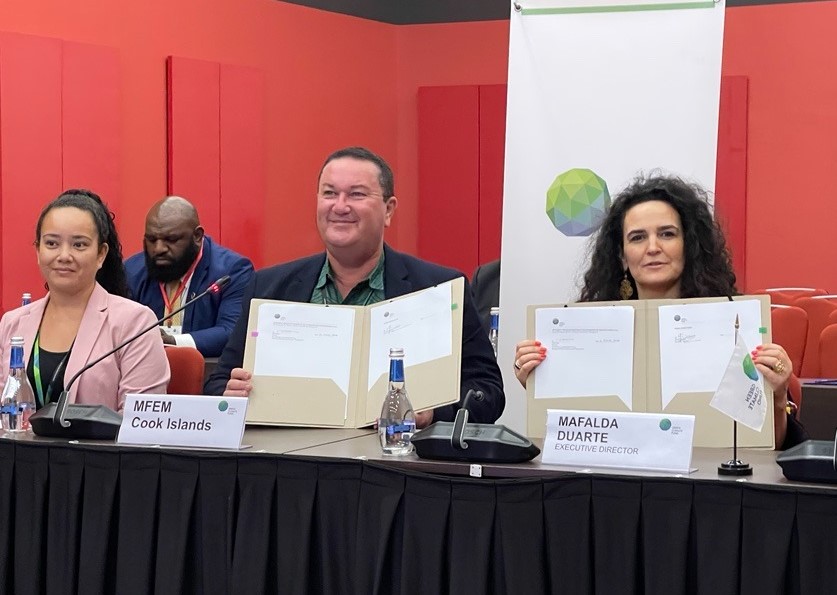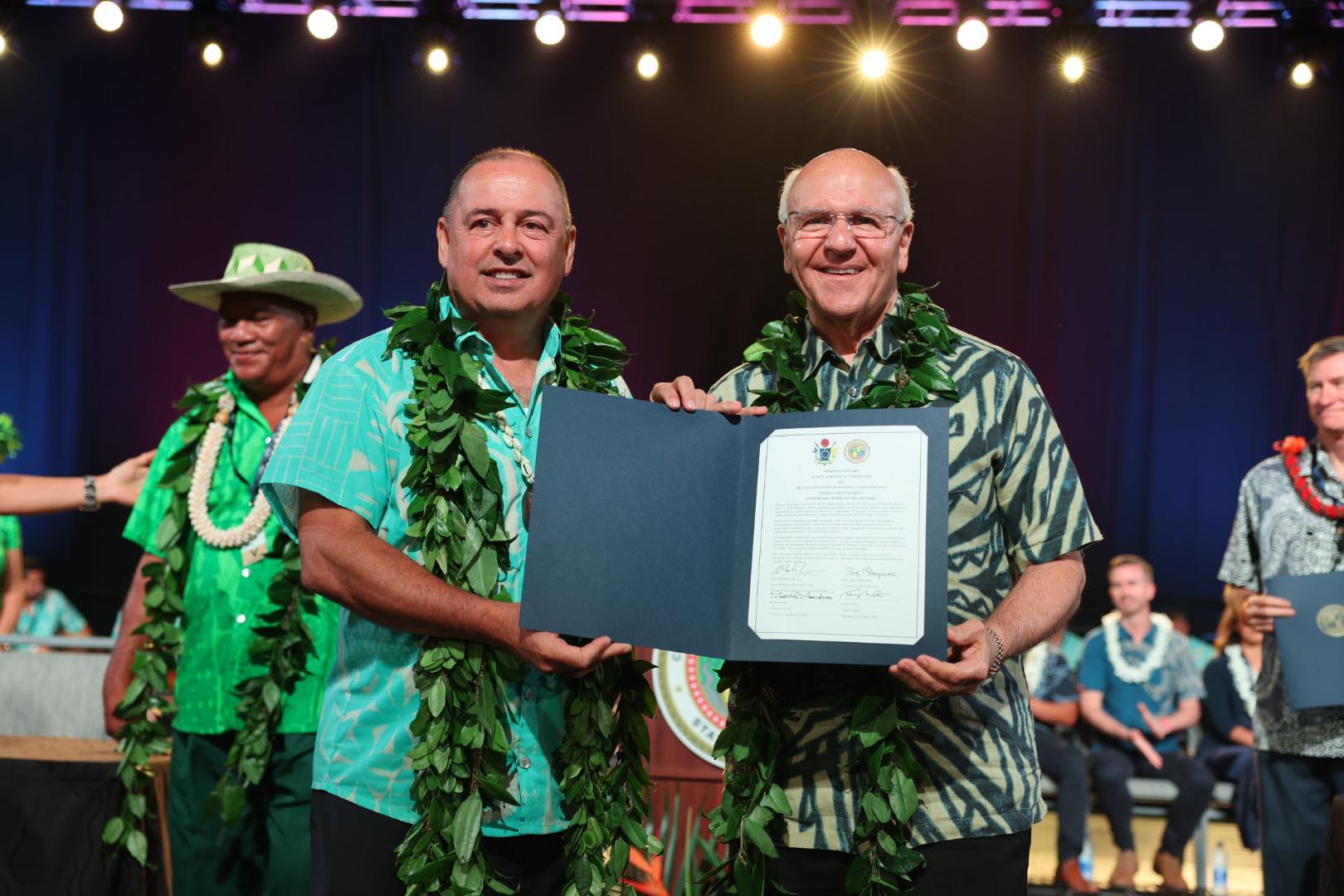Survey to help policymakers better understand Pasifika LGBTQ+ community
Thursday 24 February 2022 | Written by Sian Solomon | Published in Regional
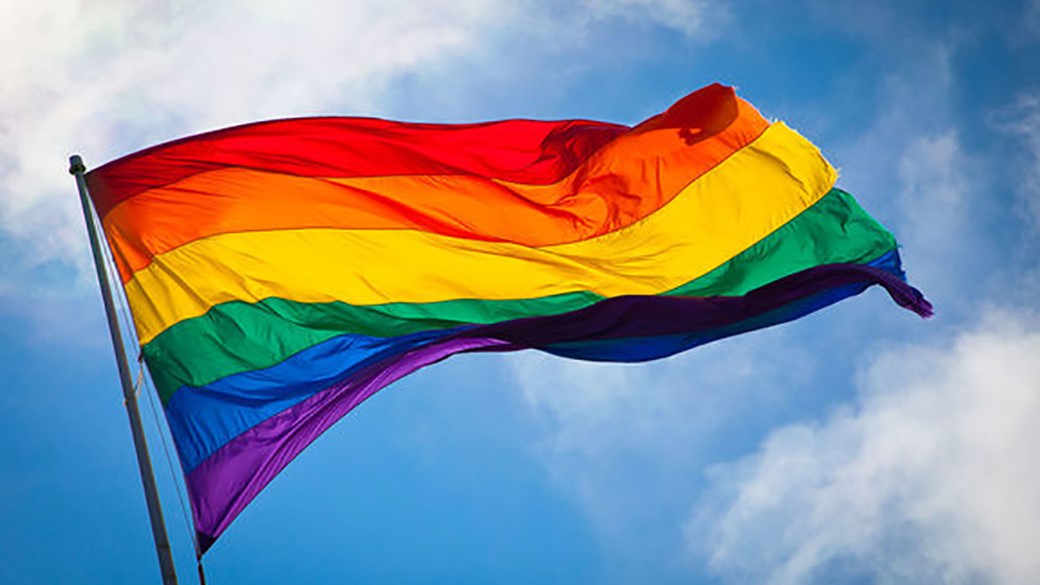
Photo: Supplied
For Aotearoa to be inclusive, it needs to acknowledge the issues faced by the Pasifika rainbow community who is greatly overlooked, says a senior Pacific academic.
Seuta'afili Dr Patrick Thomsen is the principal investigator for the Manalagi Project, New Zealand's first project dedicated to serving the health and wellbeing needs of the Pasifika LGBTQ+ community through research.
Dr Thomsen said the project's recently launched survey would help New Zealand policymakers to better understand the unique challenges and experiences within the community.
"I think it's important for New Zealand in general to have a strong sense of where our rainbow communities are - specifically Pacific," he said.

"Because if we are talking about an inclusive welcoming society, we need to acknowledge the complexities that exist within us who are on the margins."
Prior to the survey launch, the project undertook a nationwide community consultation process and found that visibility and discrimination was a common occurrence.
"Quite a few issues did stand out to us," Dr Thomsen said.
"But one of the key challenges that our community shared with us in this talanoa was the issue of visibility. The fact that being part of the Pacific community and then also being part of the Rainbow community often meant that we were marginalised within an already marginalised group.
"There were other things of course issues to do with discrimination in the workplace, at home or at school.
"Our community also wanted us to remind people that the Pacific Rainbow community are members of the wider Pacific community meaning we are part of our families, part of the institutions that we work for, so trying to bridge that gap and understanding was something that our community really wanted to get across."
Responses to the Manalagi Project have mainly been positive, however Dr Thomsen said that they have yet to engage with Christian church groups which have a strong influence in most Pacific cultures.
"To be honest, it's not a bridge that we've crossed yet," he said
"We haven't had much engagement with the churches so far, which is something that we want to address in phase two of the project. There were some concerns that we had that the more conservative side of the Pacific community might be less than welcoming to the work that we are trying to do."

Despite the concerns, the project has brought in a lot of non-rainbow Pacific people wanting to support their family members or peers who identify as LGBTQ+.
With marriage equality and conversion therapy ban a reality in New Zealand, Dr Thomsen said the work and the delivery of the Manalagi Project could not have come at a better time.
"We do believe that we are in a very important moment in time for the visibility and for the rights and inclusion of Pacific Rainbow people," he said.
"A few years ago when marriage equality came in, these conversations became something that was forefront in our churches and our (Pacific) community as a whole.
"So I think in terms of people becoming aware of our issues and the way we could be better included, we're now having more conversations in constructive spaces."
The Project survey is now live and will close on 31 August 2022.



















